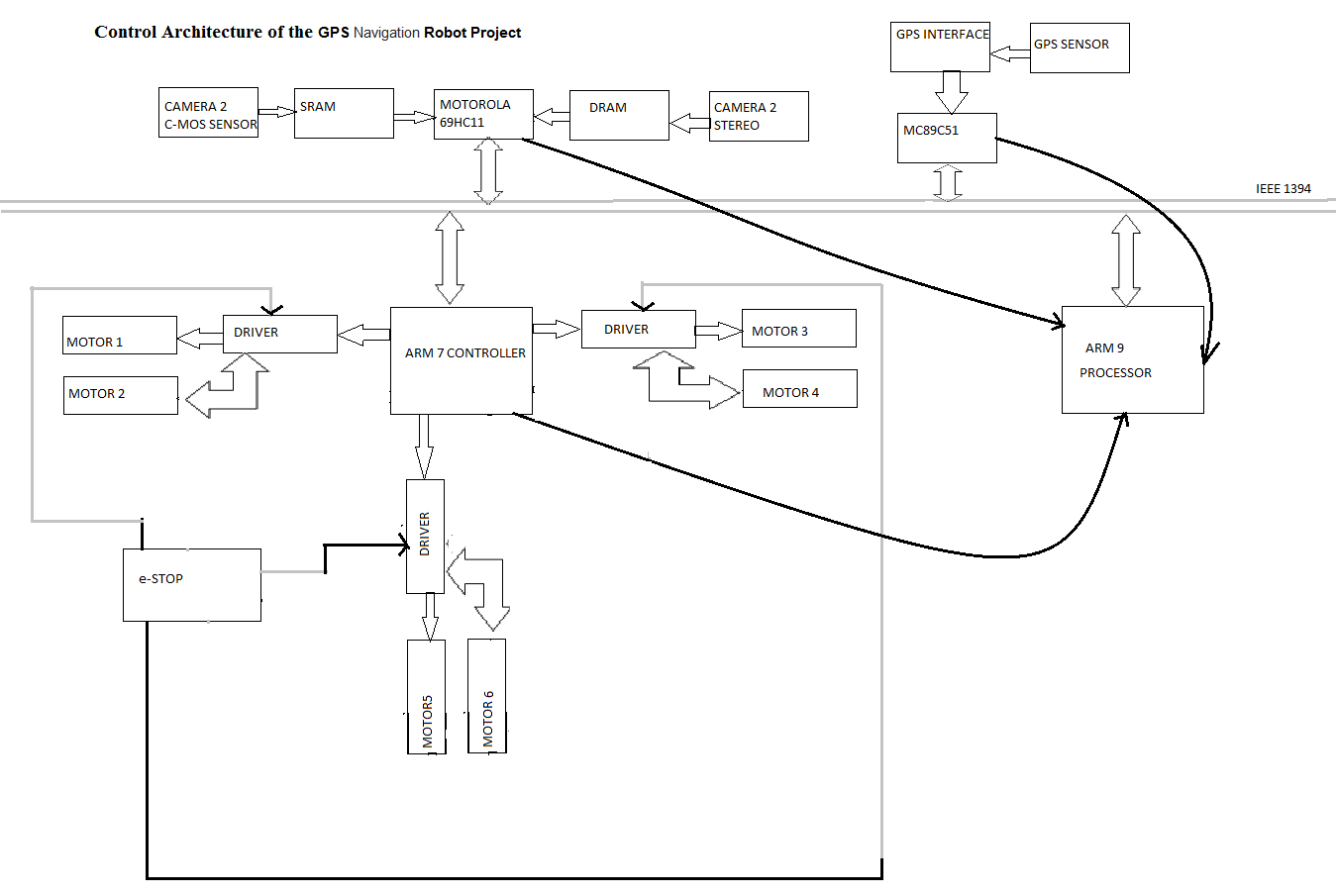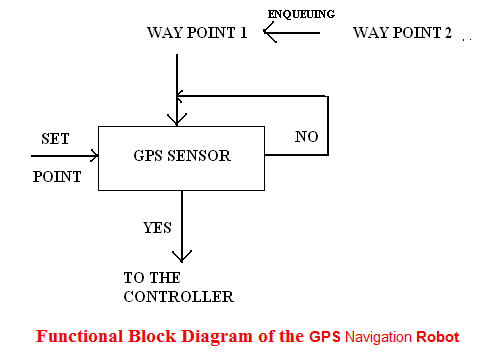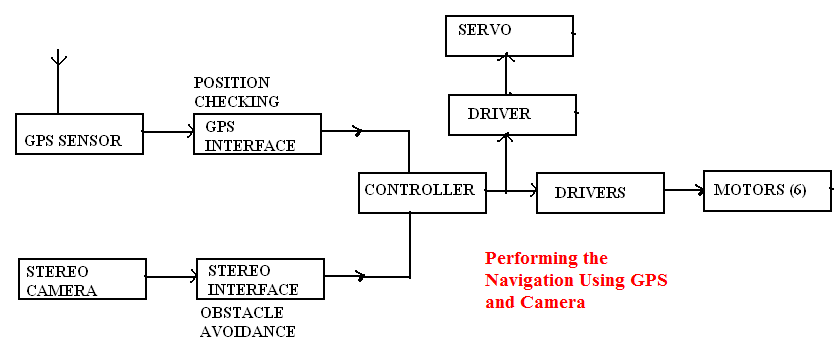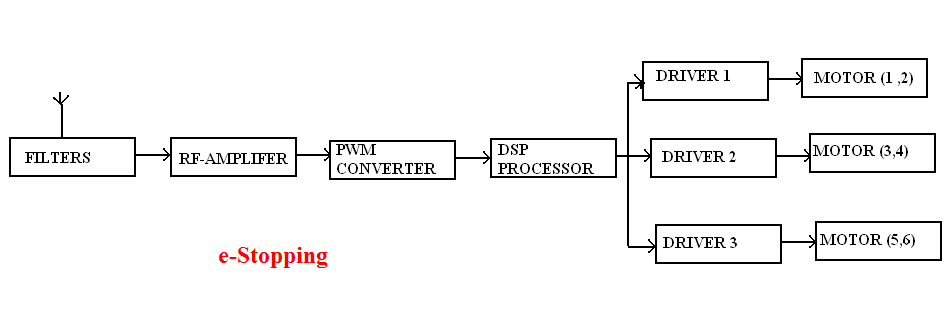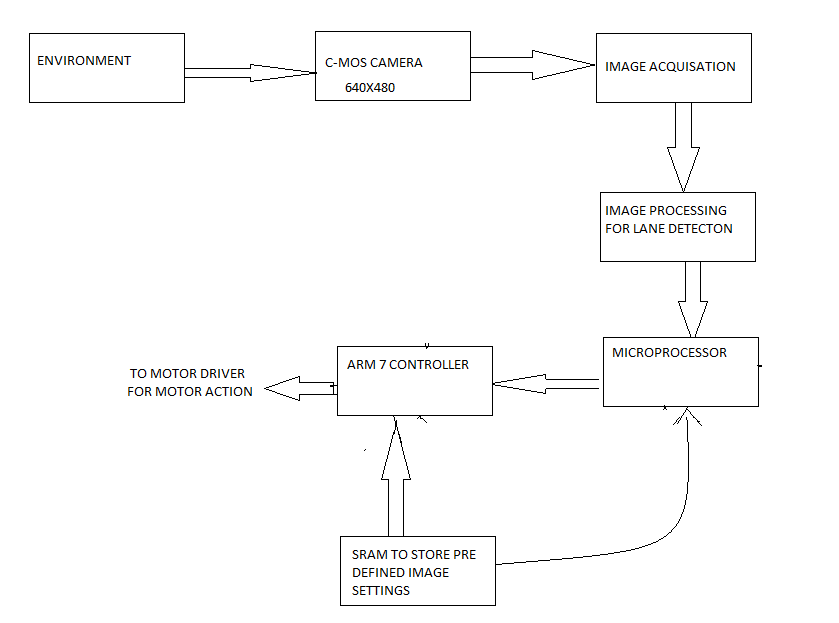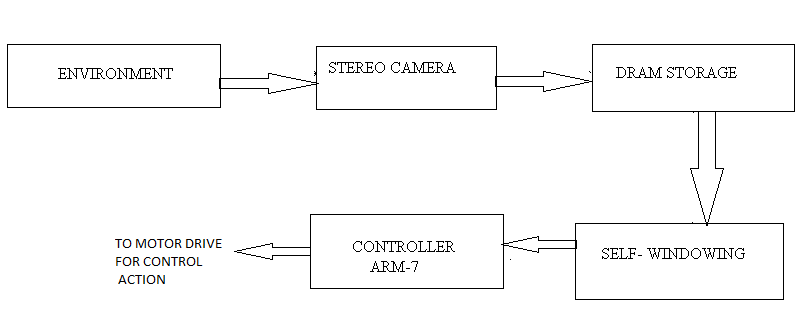This paper discussed about a special-based global navigation satellite system, Global Positioning System (GPS). GPS satellites are maintained by United States Government and it can be used by any user around the world with a GPS receiver with some technical limitations. In order to address and overcome the problem of previous navigation system, the GPS project was evolved in 1973. During that time GPS was running with 24 satellites.
Overview:
Global Positioning System (GPS) receiver receives the signals from GPS satellites which are located high above the earth and then calculates its position by clearly timing those signals. Each satellite continually transmits the message with the information included like time of the message transmission, clear orbital information and system health of all GPS satellites.
Many civilian applications uses absolute location, relative movement and time transfer components of a Global positing system. Clock synchronization, Cellular telephony, Geotagging, GPS Tour and Navigation are the most important GPS applications for civilian. Satellite clock error, Atmospheric error and Receiver clock error are the three sources of errors in GPS.
Both Ionospheric error and Tropospheric error are parts of atmospheric error. Space segment, control segment and user segment are three segments consisted by a GPS element. GPS works in microwaves bands. GPS unit have few problems when operate it in rain, forest, jungle, deep canyons, and inside automobiles. Actuation of Gold code helps to demodulate and decode GPS satellite signals. Every GPS continuously broadcasts a navigation message with rate 50 bps. Position calculation, GPS receiver clock and shouting from the stars are the main three basic concepts of GPS.
Conclusions:
Navigation, Target tracking, Missile and projectile guidance are the most important GPS applications for military. GPS allows military soldiers to find objectives in the dark and coordinate troop and supply movement accordingly. GPS helps to track ground and air targets. Military aircrafts uses GPS to find targets. GPS allows accurate targeting of military weapons like ICBMs, cruise missiles and precision-guided munitions.
Download Global Positioning System B.tech Seminar Topic for ECE Final Year Students .

